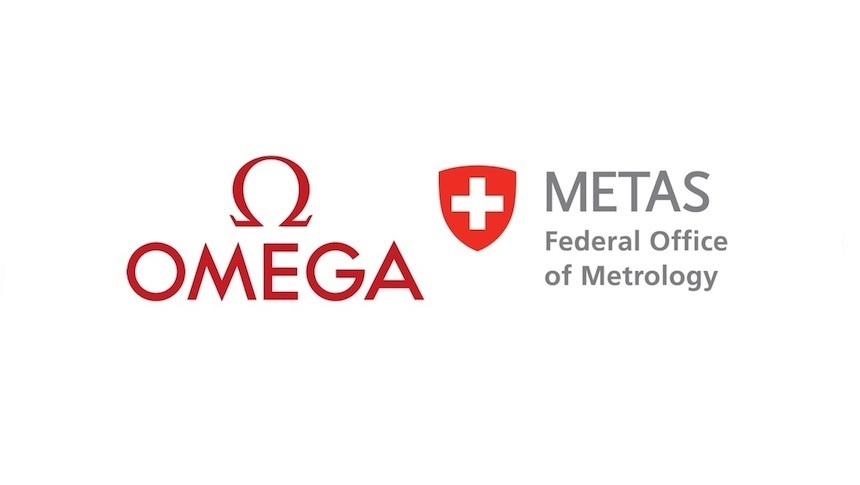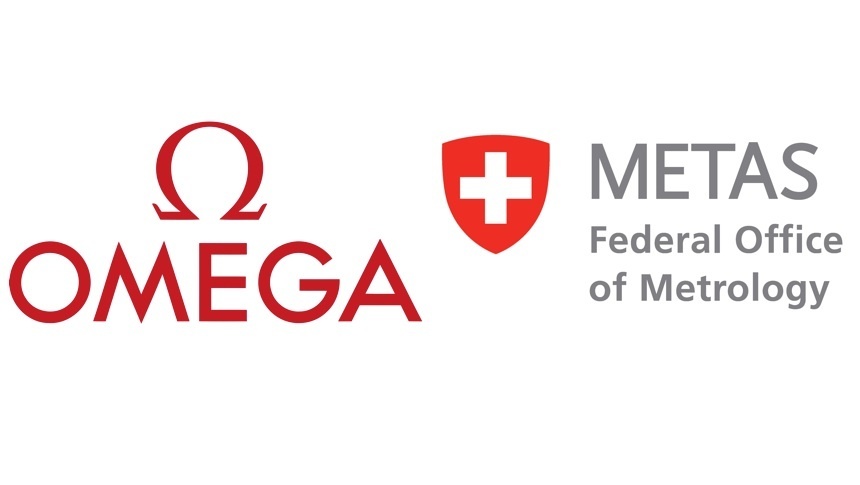
Today, Omega has announced some very exciting news in regard to how it will certify the performance and accuracy of their timepieces with in-house produced movements. In short, Swiss Omega will continue to submit its chronometer designated movements to COSC Chronometer certification tests but, after casing up the COSC certified movements, it will put these Co-Axial Master Chronometer watches through a series of in-house tests which received a comprehensive certification by the Swiss government controlled METAS agency. One major reason for this is that moving forward more and more Omega watches will contain the company’s Co-Axial Master Chronometer technology which includes both a unique type of escapement as well as anti-magnetic properties. According to parent company Swatch Group, Omega is about to offer what possibly is the most comprehensive and extensive way of certifying a mechanical watch. Let’s see what all this means in practice.
Watches, and especially higher-end ones are sometimes sold with certain certificate issued by third parties – the most common being the COSC chronometer certificate (Rolex is COSC’s biggest customer). COSC Chronometer certification is about accuracy and performance, and others a testament to the origin, quality of execution, or reliability of the timepiece in question. In recent years, we have seen Omega debut a number of very exciting developments concerning its proprietary movements – with the latest news being that its calibers bearing the “Master” designation in their name are highly anti-magnetic without necessitating a soft iron shield. We have discussed the Co-Axial Master Chronometer movement in greater detail in our article about the Seamaster 300 Master Co-Axial (hands-on here).
Today, we are with Omega in Geneva as they announce another interesting step forward: Omega will start working together with METAS, the Swiss Federal Institute of Metrology to supply its Co-Axial Master Chronometer with a very stringent and comprehensive certification and, perhaps more important, to create a new and highly complex standard of watch certification that will be offered to other, even non-Swatch Group brands.
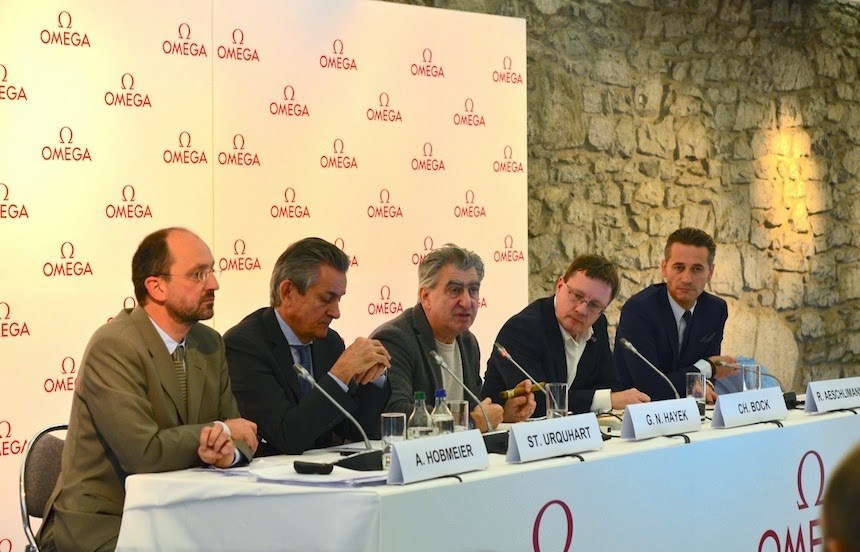
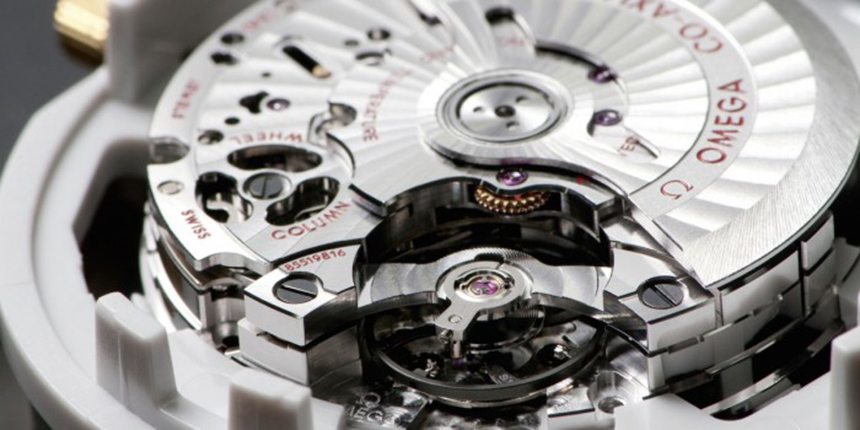
To put it into perspective, when it comes to certifications, the term “COSC” will certainly sound familiar to anyone more intrigued by the accuracy of fine timepieces. Also known as the Official Swiss Chronometer Testing Institute (or Contrôle Officiel Suisse des Chronomètres), the COSC has for long been a household name among watch brands who wanted to emphasize the quality of their watches with a certificate: a watch that was sold with a chronometer certificate issued by this institute is known to be accurate within -4 to +6 seconds a day.
What is less commonly known is that it is the ISO 3159 standard that defines what a chronometer watch is – simply put, a chronometer is a timepiece with superior accuracy. COSC will test submitted movements (placed in a plastic case) for a period of 15 days in five different positions and at three different temperatures (8, 23 and 38 degrees Celsius). The exact practices of METAS’ certification processes are not known, but what we do know is that in many ways, it is more stringent and more demanding than the ISO certification process. So what does METAS offer, and how does it differ from other certificates?
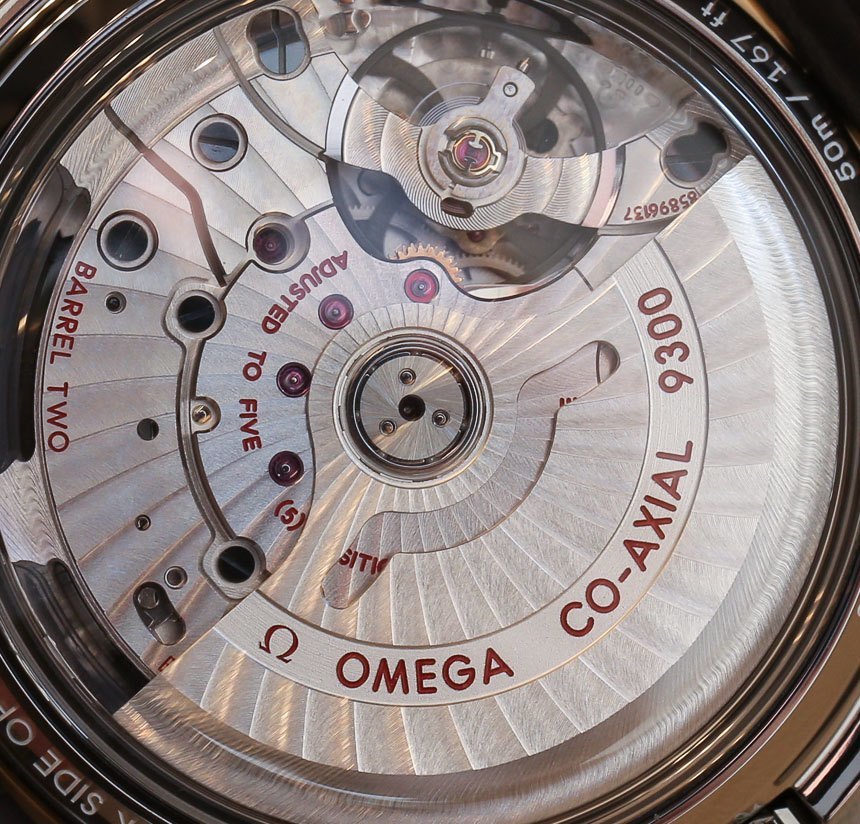
While COSC is responsible only for testing watch movements, METAS is a much larger organization that is involved in a great number of different sciences that require exact measurement: METAS’ involvement goes from “legal metrology” related to weighing instruments, electricity, and a number of other sciences through chemistry and optics, all the way to frequency and time. What matters to us most is, of course, the latter: timing.
Practically, METAS operates several commercial cesium clocks and has collaborated with the Laboratoire Temps et Fréquence of the University of Neuchâtel (previously known as Observatory of Neuchâtel) for many years. All these – and also much greater, albeit in our case, quite irrelevant – efforts are made, as METAS is responsible for the dissemination of the official time in Switzerland. In watchmaking country, that is quite a big deal, and goes to show the institute’s involvement in scientific undertakings related to timekeeping. On a basic level to see a luxury watchmaker work with a government scientific organization or certify its mechanical watches in this day and age is pretty cool.
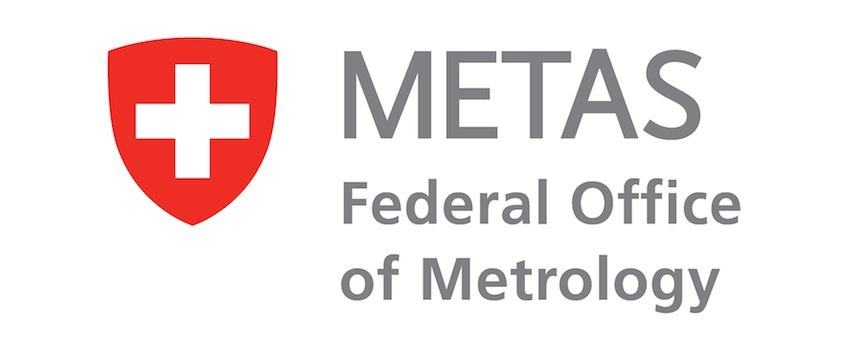
Another important distinction is that COSC is an independent, privately owned company that has no shareholders – meaning that, technically, no brand should be able to gain any influence within the company – and it is audited and accredited by the Swiss service for accreditation. By contrast, METAS is an independent and neutral federal agency, which – in theory – means that the watches and movements it has verified have received a federal certification by the Swiss government. However, Omega has mentioned that even though the certification is offered by METAS, the testing will actually take place under Omega’s roof in the interest of efficiency (and because at least as of now we don’t believe METAS has a facility to test watches – unlike COSC in Geneva). METAS will however be certifying the equipment used to do all the certifying.
“In-house certification” using third-party certified machines and procedures theoretically causes a rift in trust because the point of third-party certification is to be… well, third-party. Omega now has the duty to prove that even though though it will control certification internally, that it will adhere to the strict policies and requirements set forth by METAS. Having said that, Omega’s relationship with METAS does not involve total in-house certification processes and controls like Patek Philippes does with their “Patek Philippe Seal.” This example by Patek Philippe shows that it is not uncommon, or even highly suspect for a company to control a certification process in-house in the Swiss watch industry.
Omega’s relationship with METAS, for the foreseeable future will be to test Omega’s Co-Axial Master Chronometer movements, which will be officially certified for the following key factors: METAS will test the function of each and every Co-Axial Master Chronometer movement when exposed to magnetic fields greater than 15,000 gauss; the function of each watch when exposed to a magnetic field of the same strength; and even the average daily precision in different positions and temperatures to fall between 0 and +5 seconds per day (that is considerably less forgiving than the -4 to +6 second tolerance of COSC’s chronometer certificate). Furthermore, the power reserve and water resistance of the watches will also be tested. This does not include other movements that may be included in Omega watches.
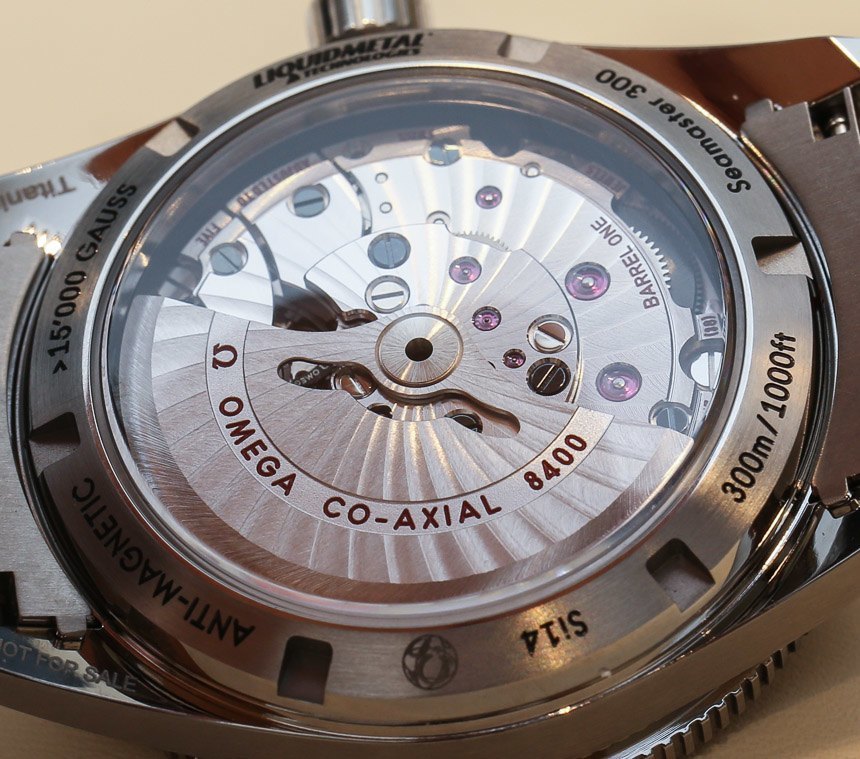
METAS will also monitor the production equipment, which – when it comes to Omega testing the anti-magnetic properties of its Co-Axial Master Chronometer movements – is a massive magnet (that weighs 1,500 kilos or around 3,300 pounds) that was developed by Omega and is designed to create a permanent magnetic field that is over 15,000 gauss strong. METAS, beyond its other duties in the certification process, checks and confirms the strength of this movement. Basically, the new METAS certification is not only arguably more stringent than COSC, but it is specifically designed test for magnetic resistance.
An interesting aspect that concerns not just Omega but the Swiss watch industry at large is that while Omega has worked together with METAS in creating this new certification process, other brands – even those not part of the Swatch Group – will be able to have their watches certified. As Nick Hayek, CEO of the Swatch Group explained, with this move they would like to urge other brands to further develop their own movements in a way that makes them more accurate and also anti-magnetic. With that, Swatch Group follows up on what the late Nicolas Hayek Sr. has started around 15 years ago, when he first proposed (and later carried on) to drastically reduce the amount of movement kits and finished movements that ETA supplied to the industry. And while this certification process arguably is a less draconian measure, in the mid to long-term it may have a positive effect and further encourage high-end competitors of Omega to further develop their own calibers.
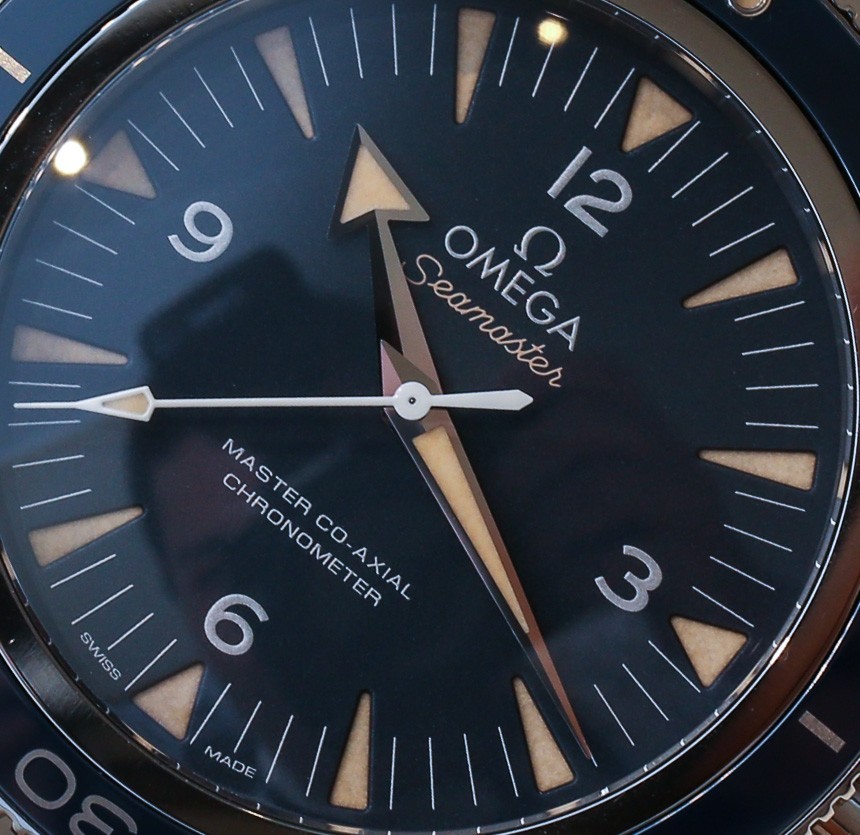
Today well over 90% of Omega calibers are Co-Axial movements and about 10-15% of that amount are Co-Axial Master Chronometer (i.e. anti-magnetic) movements. Omega has promised that eventually all of its in-house made movements will be “Co-Axial Master Chronometer.” A really neat feature of METAS certification – unlike COSC certification – is that the wearer of any one watch equipped with a METAS certified Co-Axial Master Chronometer movement will be able to visit the Omega website and use their unique watch serial number to check the specific performance of his/her watch during the certification process. Also, Omega says that the Co-Axial Master Chronometer will have an “Officially Certified” label on the watch (of course).
When we discuss highly complicated watch movements which claim to offer better timekeeping performance, a (quite logical) point that is often made by watch enthusiasts is that there is little to no guarantee coming from the brand that the claimed performance will actually be offered by the produced watch. With this complex certification system in collaboration with the federal agency of METAS, Omega will be able to provide a certificate that is both stringent and complex enough to testify to the real-world usability and reliability of its Co-Axial Master Chronometer movements. It also offers additional value and distinguishing factors that help make Omega timepieces just that much different from the competition. According to Omega and METAS watches with the new certification will begin to become available in 2015, and a new production facility in Bienne, Switzerland near the Omega headquarters is being built to house the new department and equipment which should be open in 2016. omegawatches.com

